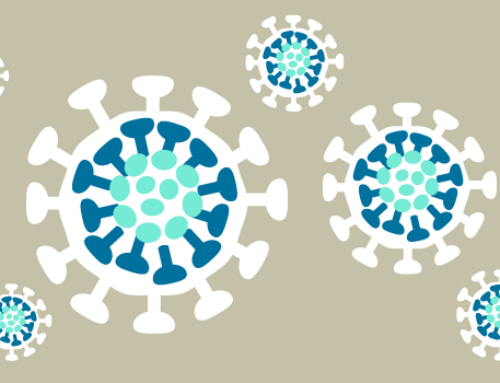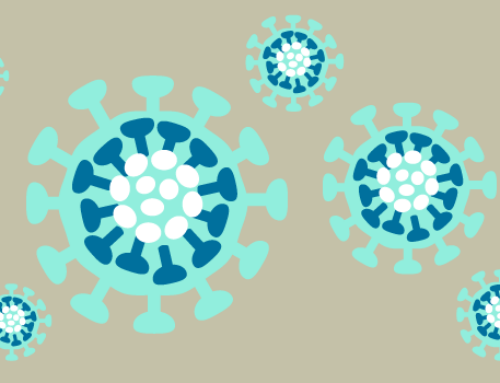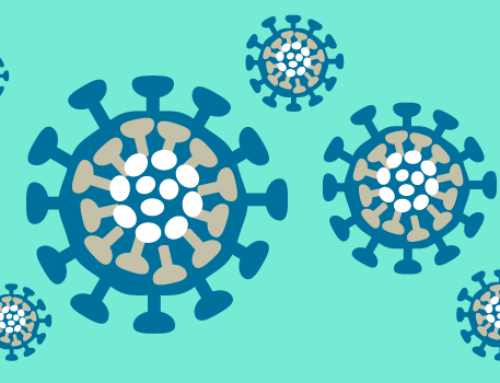By Heiner Fruehauf
Heiner Fruehauf’s prolific research trip to China and Vietnam in the summer of 2014 to source high quality, potent, directly-traded Chinese herbs from small family farms provided a significant amount of material and information about didao yocai and paozhi – terroir and traditional preparation methods, respectively. As a result, he brings you some of that knowledge in this series, information that is quickly being lost to the ages.
Medicinal Quality

fresh shichangpu (acorus gramineus), recently pulled from the ground where it grows (Dabieshan Mountains, Jiangxi, China)
The Acorus plant family represents the source of one of the world’s most widely used medicinals. In Egypt, the Chester Beatty Papyrus VI mentioned Acorus as an ingredient for a digestive plaster around 1,300 BC. In ancient Europe, Acorus was a symbol of love, lust and affection. The calamus variety, often referred to as Sweet Flag, was added to absinthe and digestive bitters, used in the perfume industry and as a flavoring for pipe tobacco. In Ayurvedic medicine, Acorus calamus is called Vacha, and revered for its ability to transmute Kundalini energy, rejuvenate the brain and stimulate self-expression. In Sanskrit, the term Vacha literally means “speaking,” mirroring a quality that is also expressed in the herb’s Chinese name: the ancient word chang in Shichangpu originally signifies “splendid expression.” In North America, moreover, Dakota warriors used to apply the root paste to their faces in order to calm the senses and conquer fear when facing an enemy.
In ancient China, the herbal classic Shen Nong bencao jing lists Shichangpu as a top grade medicinal, a classification generally reserved for materials that promote spiritual enlightenment and longevity, and are considered safe to consume on a daily basis. The Daozang, China’s collection of esoteric Daoist texts, contains a piece of writing entitled “Changpu zhuan” (A Biography of Acorus), which points out that the plant synthesizes the powers of all five elements—exhibiting green leaves, red flowers, white joints, yellow core, and black root—and thus represents “a magic elixir for practitioners of immortality rituals.”
The Chinese material medica classifies Shichangpu as a fragrant and warming herb that can drive out damp, wind, and other evil influences, and in particular remove phlegm from the heart orifice. It exhibits a natural cosmological relationship to the Heart, since its leaves were traditionally collected on the 5th day of the 5th month (a time related to the Heart on the Chinese organ clock) and hung on door beams to ward of evil influences. In addition, the root often exhibits 9 sections–a number related to the Fire element and the Heart in traditional Chinese numerology. The Sichuan mountain tribes thus used to carry dried Acorus root powder when traveling, as an emergency remedy for sudden onset of chest/heart pain.
The real promise of this herb, however, lies in the area of mental/emotional diseases and brain chemistry issues such as depression, anxiety, mania, ADHD, Tourette’s syndrome, and Alzheimer’s disease. As an ancient folk primer synthesizes: “Sichuan peppercorn and ginger drive out damp pathogens; Acorus opens the sensory orifices and boosts intelligence.” Swami Thirtha, an expert of Ayurvedic medicine, calls this plant “one of the best mind herbs,” as it is known to remove the toxic residues of other drugs (including those resulting from hallucinogens, psychotomimetics and heavy marijuana use) from fatty tissues within the liver, nervous system and brain. The 17th century scholar Chen Shiduo developed a method to treat dementia based on the heavy use of Acorus. In addition, modern research shows that the herb possesses pronounced neuroprotective effects in patients with post-stroke aphasia and epilepsy.
Classical commentators have offered the following opinions about the range of organ systems that Shichangpu affects or “enters”:
- Heart: opens orifices, reduces tinnitus, calms shen, improves memory, stimulates self-expression
- Liver: disperses wind and congestion, soothes cramps and seizures
- Spleen/Stomach: improves appetite, warms digestion, kills fungus and parasites
- Lung: transforms phlegm, counteracts counterflow (particularly valued as a taiyin herb by the Fire Spirit School)
- Bladder: transmutes Kundalini energy, regulates urination
Traditional Terroir Considerations (didao yaocai)

Acorus gramineus growing on stones near water. Shichangpu, the Chinese name for the medicinal species Acorus gramineus and Acorus tatarinowii, literally means “The Rush-like Plant that Grows on Stones and Fosters Bright Expression.” The stone designation is important, because it helps to identify the proper medicinal species. The less suitable Acorus calamus species, in comparison, is called Shuichangpu (The Rush-like Plant that Grows in Water and Fosters Bright Expression)
In India and Europe, it is the calamus variety that is used almost exclusively in herbal remedies and food flavorings. In China, however, classical herb primers have clearly identified the Acorus gramineus (Jinqianpu) and Acorus tatarinowii (Shichangpu) species as most suitable for medicinal use. Recent Chinese government standards have further narrowed the zhengpin (true herb) definition for Shichangpu to Acorus gramineus. Acorus calamus (Shuichangpu), on the other hand, has always been considered to be unsuitable for medicinal use in China. It is interesting to note that modern testing procedures seem to verify this assessment: Acorus gramineus and Acorus tatarinowii exhibit fairly similar chemical profiles, while Acorus calamus and Anemone altaica (Jiujie Changpu, a species that has been mistaken in recent years to be a particularly high quality form of Changpu) look markedly different when subjected to gas chromatography tests. In comparison to Acorus tatarinowii, the gramineus species contains markedly less Beta-asarone oil (a potential carcinogen) but exhibits particularly high amounts of estragole, a volatile substance known to block neuronal excitability by direct inhibition of Na+ channels.
Shichangpu generally grows wild in most regions of China, but the genuine species flourishes best in the water rich provinces of Guizhou, Sichuan and Anhui. Unfortunately, a significant problem associated with this highly regarded herb has developed in recent years. During the last decade, most Shichangpu imported from China exceeds the heavy metal standards set by most Western countries. All Acorus species grow in or near water, and are therefore particularly affected by industrial pollution. Many Western companies involved in the Chinese herb trade have therefore become wary of this material and stopped including it in patent formulas and supplements.
Traditional Processing (paozhi)
While most Shichangpu reaches the market in unprocessed form, Classical Pearls utilizes a traditional processing technique recorded in the Bencao qiuzhen (Seeking Truth About the Materia Medica): steaming the herb over rice in order to achieve an end product that is less pungent in flavor and more harmonizing in its effect.
REPRINTED WITH PERMISSION
To view a slideshow of one of Heiner Fruehauf’s trips to China, or see to view more information, please visit Classical Pearls Herbal Formulas, or visit the Facebook page.
© 2015 Classical Pearls, LLC









Leave A Comment
You must be logged in to post a comment.